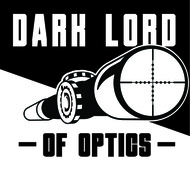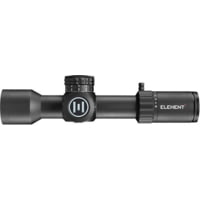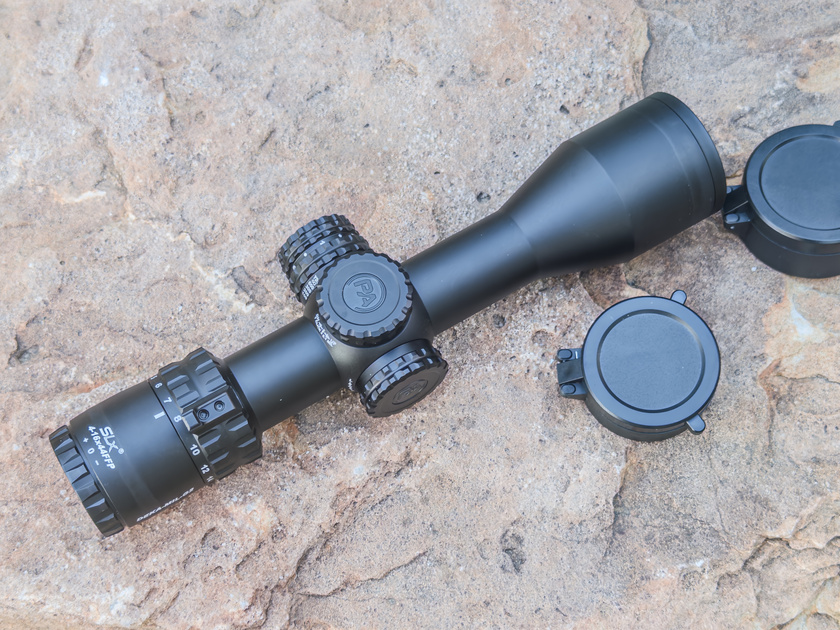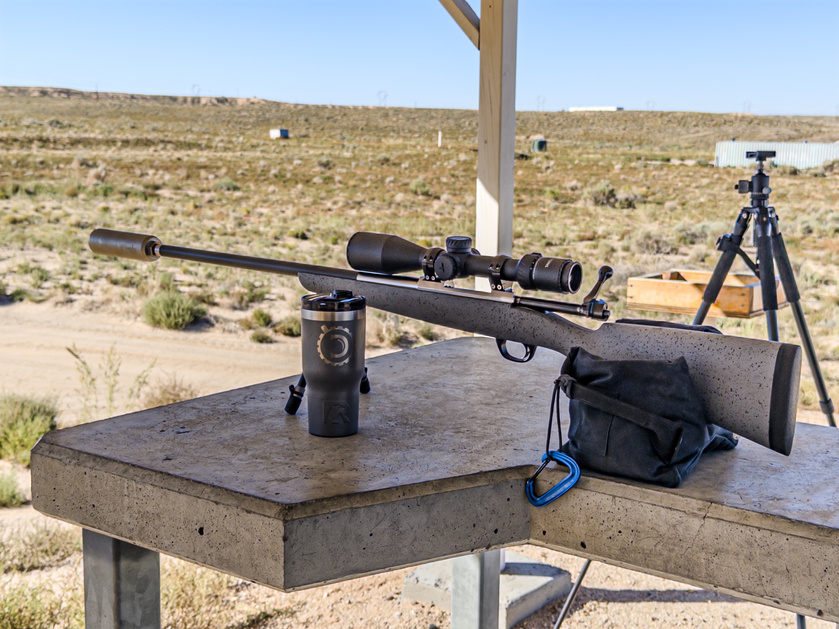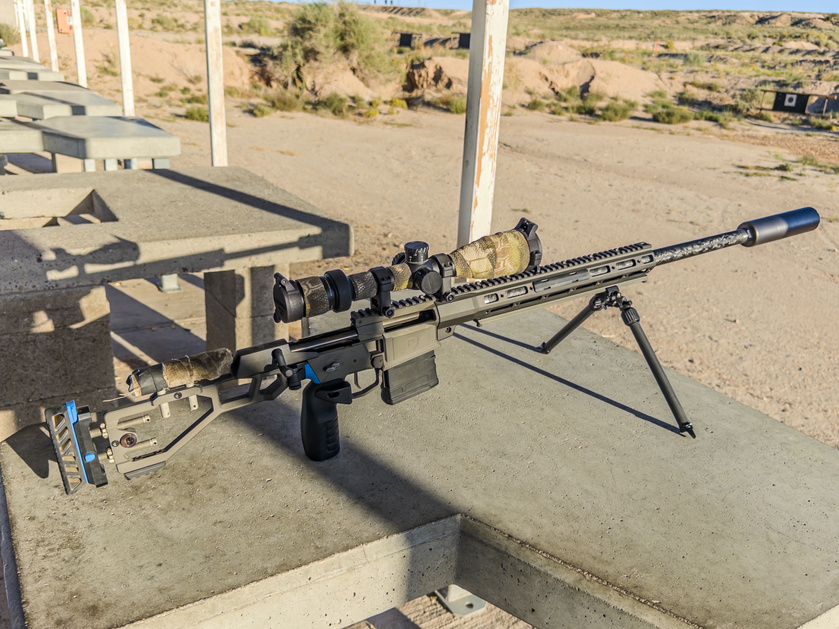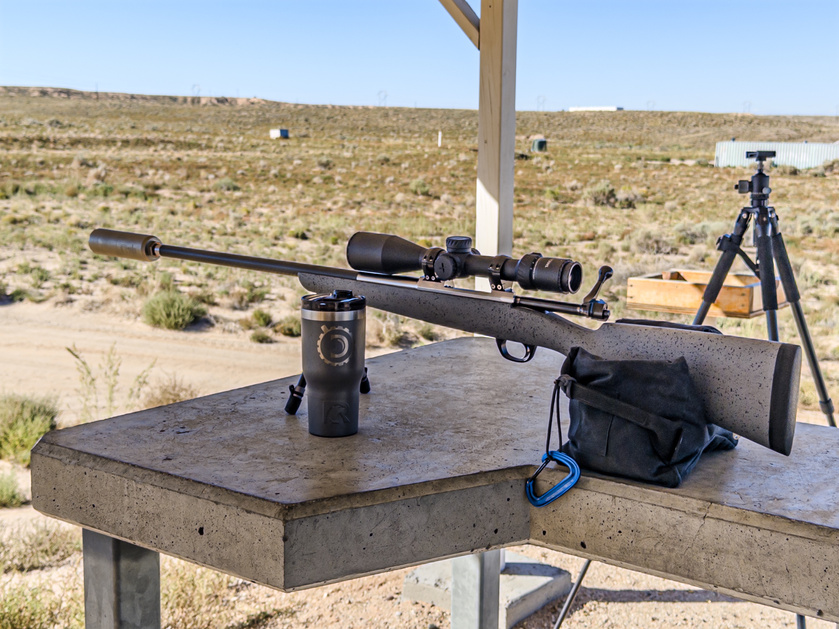The discussion of how much parallax red dot sights have pops up all the time. It gets very emotionally charged. Measured parallax error gets converted to MOA. Everyone knows that MOA is right around one inch. Large parallax error in MOA at close distances looks like a huge problem.
What is frequently forgotten is that 1MOA is exactly one inch at only one distance: ~95.5 yards.
At closer distances, it is a lot less than an inch.
Here is a table that calculates linear parallax error at different distances for a given angular error in MOA:

One of the problems is that most manufacturers of red dot sights claim their sights are parallax free. What they really mean by that is that they are parallax free in the sweetspot (some center region) at one particular distance (usually 40 or 50 yards).
EoTech, apparently and to their credit, actually posted some numbers that are about right based on what I have seen:

The only othe rhologrpahic sight on the market, Vortex UH-1 is slightly better than that at the edges. However, with both EOTech and UH-1, I can only see parallax error fairly close to the edges. Most of the center portion of the window has sufficiently low parallax error that the natural dispersion of my shooting completely conceals it.
Suppose you are doing a CQB drill and go really fast. You end up taking a shot where the aiming point is somewhere toward the edge of the window of the sight. Worst case, you are picking up about 10MOA of error from the optic. That is 1.5 inches at 10 yards. Does that constitue a problem for a CQB scenario? Not in the slightest. The only time I can think of when it might be an issue is a hostage-type drill, but every time I have done it, there was enough time to roughly center the aiming point in the sigh tpicture. That brings parallax error down to zilch and you get to concentrate on dealign with gun wobble, accelerated heart rate and general stress (and that assumes noone is shooting back at you).
As the distances increase, so does the magnitude of linear parallax error, assumign a fairly constant angular error. However, I am rapidly getting past the point where I should be taking shots at anything much beyond two hundred yards without magnification (I will be hunting deer with an iron sight muzzleloader in the fall, so I will test this out in preparation).
If I am shooting at something 100+ yards away, chances are I will have an extra second to center the aiming point.
Now, none of this means that we should not check for parallax with our holographics and red dot sights. However, what I care about the most is the size of the sweetspot: the center area of the sight picture where parallax is negligible. As long as it is not too small, I do not get too hung up on the parallax performance at the edges.
